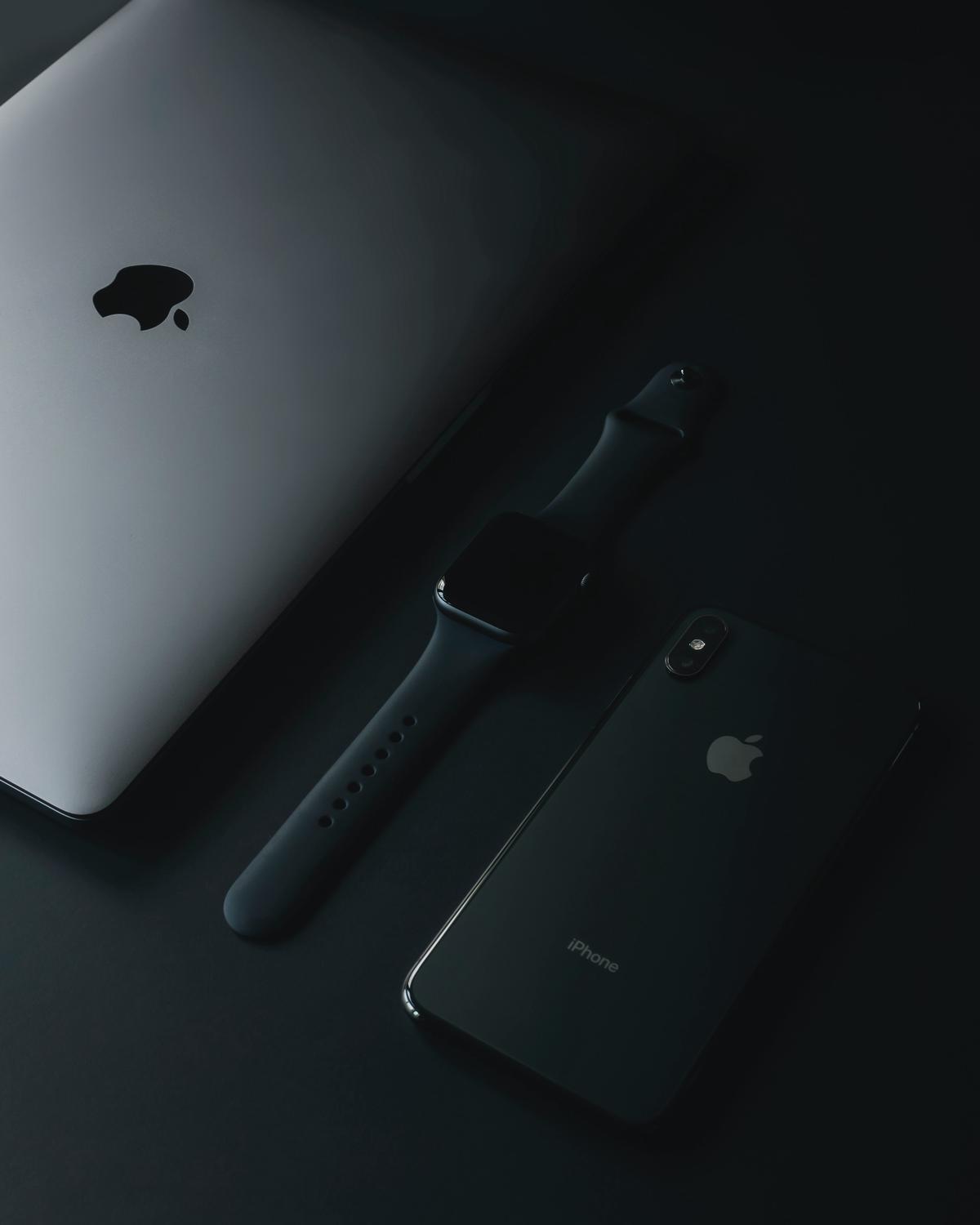This post you will understand the role and function of iphone sim card.A world without the ability to make calls, send and receive messages, or browse the internet on the go from our iPhones. Hard to imagine, right? This functionality that we take for granted, is largely thanks to a tiny component known as a SIM card.
Without it, our connected world, as we know it, would be entirely different. As commonly used as they are, how many of us genuinely know what these small pieces of technology are all about? Allow me to assist you in unraveling the mystery that is the SIM card for the iPhone, leading you through its basic concept, the various types that exist, and how to navigate installing, activating, and troubleshooting one of these powerful miniature devices.
Concept of a SIM Card
Understanding the SIM Card
A SIM (Subscriber Identity Module) card is a tiny card that acts as the brain of your iPhone, allowing it to connect to your carrier’s network. In essence, a SIM card is a small storage device that contains all the data your phone needs to communicate with a mobile network carrier. This data includes your unique identification number, encoded network identification details, user’s contact lists and stored text messages.
The SIM card is crucial for an iPhone and any other cell phone, as it provides the means for your phone to connect with cell phone towers and provide you with services such as calling, texting, and using data for internet browsing. Without a SIM card, an iPhone would be unable to make or receive calls, send or receive texts, or connect to the cellular data network.
A Brief on the Evolution of SIM Cards
SIM cards have come a long way since they were first implemented in the early 1990s. As mobile devices have grown more streamlined and compact, so too have SIM cards. Originally, SIM cards were about the size of a credit card, this was then known as the standard SIM.
Eventually, the smaller mini-SIM card was created followed by the even smaller micro SIM card, and ultimately, the nano SIM card came into existence. This tiny SIM card is the current model and can be found in most iPhone models. The downsizing of SIM cards has proved to be beneficial as smartphones could allocate more space for upgraded functionalities and higher battery capacity, all the while the essential role of the SIM card for connectivity is maintained.
Different Types of SIM Cards for iPhone
Differing SIM Cards Utilized in iPhones
The most primitive type of SIM card used in iPhones is the standard SIM card. It was the biggest in size and was used in older iPhone models like the 3G and 3GS. If one were to switch from a recent iPhone to these older models, they would need a new SIM card altogether as the current ones are too small to fit.
Likewise, the micro SIM card, which is smaller than the standard SIM, was used in iPhones models from 4 to 4S. Though it is still larger than the SIM cards used currently, making switch overs between phones a bit complex.
The widely-used nano SIM is found in all recent and current iPhones, starting from the iPhone 5. The tiny size of the nano SIM accommodates larger batteries or other components within the iPhone. The only hindrance that comes with the nano SIMs is that older phone models would require an adapter to fit this SIM, provided they are compatible with it in the first place.
Understanding the Right SIM Card for Your iPhone
Choosing the appropriate SIM card for your iPhone largely revolves around your iPhone model and its compatibility with your wireless carrier’s network. For instance, a nano SIM from AT&T would not function in a Verizon iPhone due to the difference in their network technologies. It’s thus essential to confirm with your carrier about the type of SIM card compatible with your device.
If you frequently swap phones, consider purchasing adapters that transform the fit of smaller SIMs into larger slots.
The introduction of Apple SIM and the subsequent eSIM (embedded SIM) have somewhat streamlined this process. An eSIM, which is integrated into the iPhone, can be programmed to operate on any carrier, eliminating the need for a physical SIM card.
Note, though, that this feature isn’t supported by all carriers and is only available in iPhone XS and newer models. As such, knowing your phone’s compatibility and your carrier’s capabilities is crucial for the smooth operation of your device with your SIM card.

Photo by bradpouncey on Unsplash
How to Install, Activate, and Troubleshoot a SIM Card for iPhone?
Procedure for Installing and Activating an iPhone SIM Card
Before you begin installing the SIM card into your iPhone, it’s important to disconnect the device from any power sources. The SIM card tray is located on the side of the iPhone, although the specific location may vary depending on your model. Many of iphone user dont know how to remove sim card from iphone.
Use the SIM eject tool that comes with your phone, or a small, bent paperclip if the tool isn’t available, to gently push into the small hole on the SIM tray until it pops out. Place your iphone SIM card into the ejected tray, ensuring the alignment of the card’s notch with that on the tray. Once securely in place, delicately push the tray back into the iPhone.
Following successful installation of the SIM card, activation is the next step. Power on your iPhone and follow the setup process. If prompted to choose a network, select your carrier’s name. If you have another device that shares your Apple ID, you may see a “SIM Activated” alert. This isn’t unusual and can be acknowledged by selecting ‘OK’. The setup process will then continue and your iPhone will automatically activate the SIM card.
Troubleshooting Common SIM Card Issues
Some common issues that users encounter with the SIM card include “No Service” or “Invalid SIM” messages. These messages could either mean the SIM card is not installed correctly or the SIM is not activated. If you encounter such problems, try removing the SIM card and reinstalling it. If this doesn’t help, try to insert the SIM card into another iPhone to test if the SIM card is working properly.
If you still can’t connect to the network, try restarting your iPhone or check your carrier settings and make sure they are updated. Go to Settings > General > About. If an update is available, you’ll see a popup option to update your carrier settings. Lastly, it could be an issue with the carrier’s network, so it might be worthwhile to contact your carrier’s customer service for support.

After stepping through the detailed landscape that is the iPhone’s SIM card, it’s clear that this compact piece of technology plays a crucial role in enabling the much-loved features of our smartphones. From understanding its basic concept to recognizing the distinct types available, and even dealing with installing, activation, and troubleshooting, it’s evident how integral this component is to our daily lives.
So, the next time you pick up your iPhone to make a call, send a text message, or surf the web on the go, remind yourself of the brilliant technology that operates behind the scenes, expertly designed and fine-tuned for the benefit of us – the end users. Here’s to the interplay of knowledge and technological advancement that continues to craft our connected world!
- E Sim Tracker Owner Name Details Address and Location
- Details of Sim Card Owner 2024 All Network – Sim Owner Detail
- Sim Number Tracker with Name and Address | Check Sims
- How to Check CNIC Number with Mobile Number
- Pak Sim Owner Details Name Address and Location
- Check SIM Owner Name & Details – Jazz Zong Ufone Telenor
